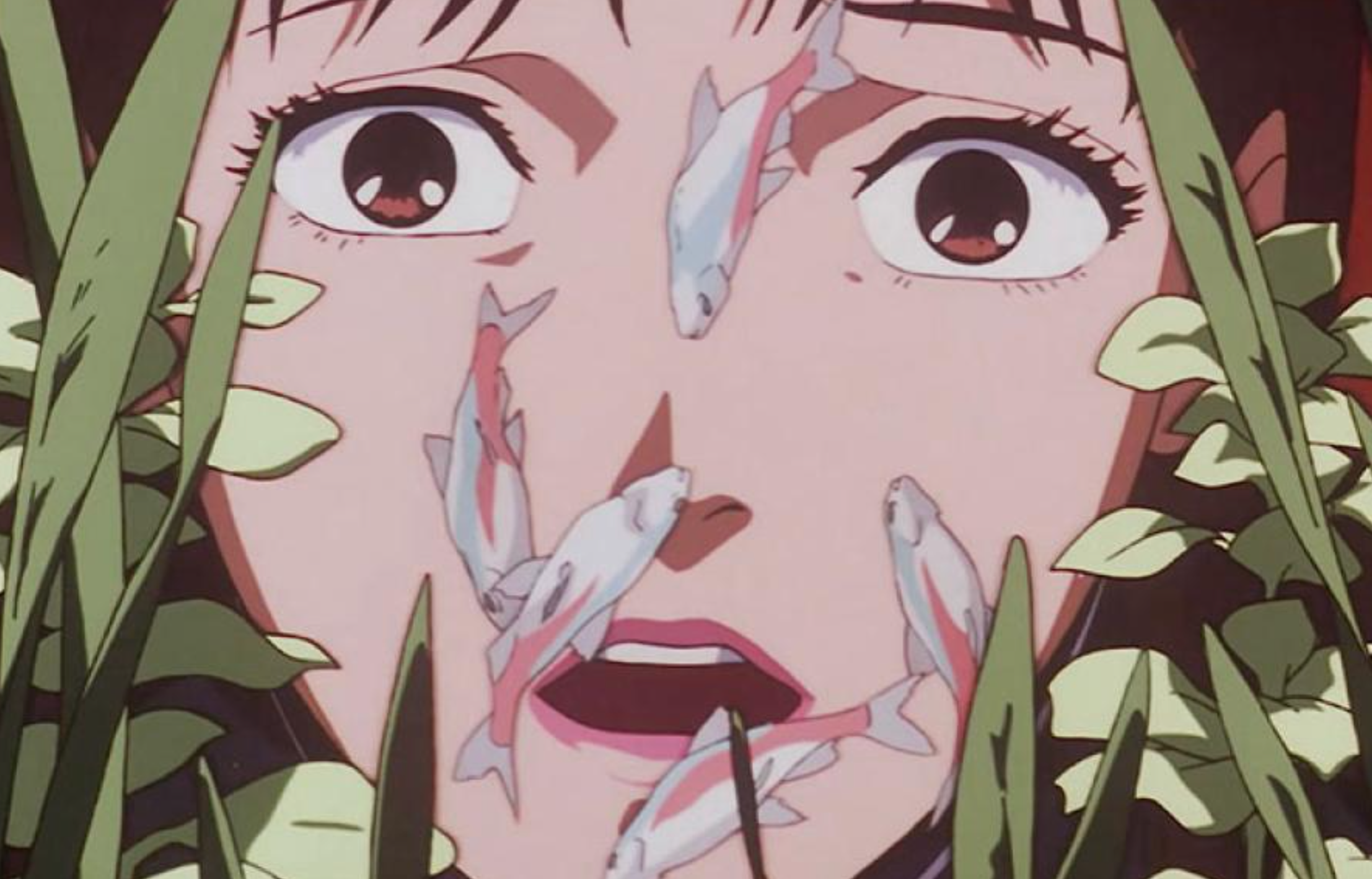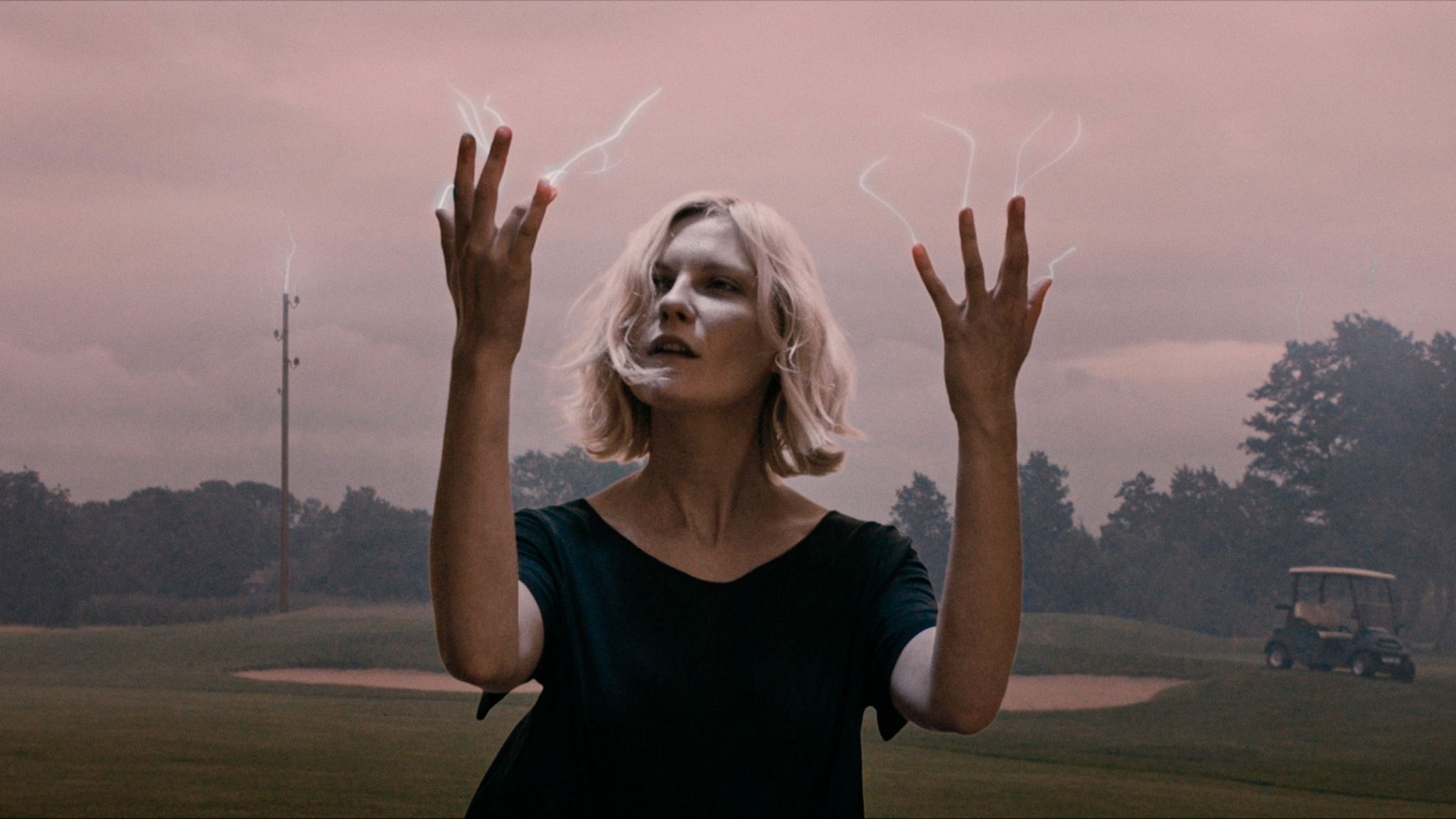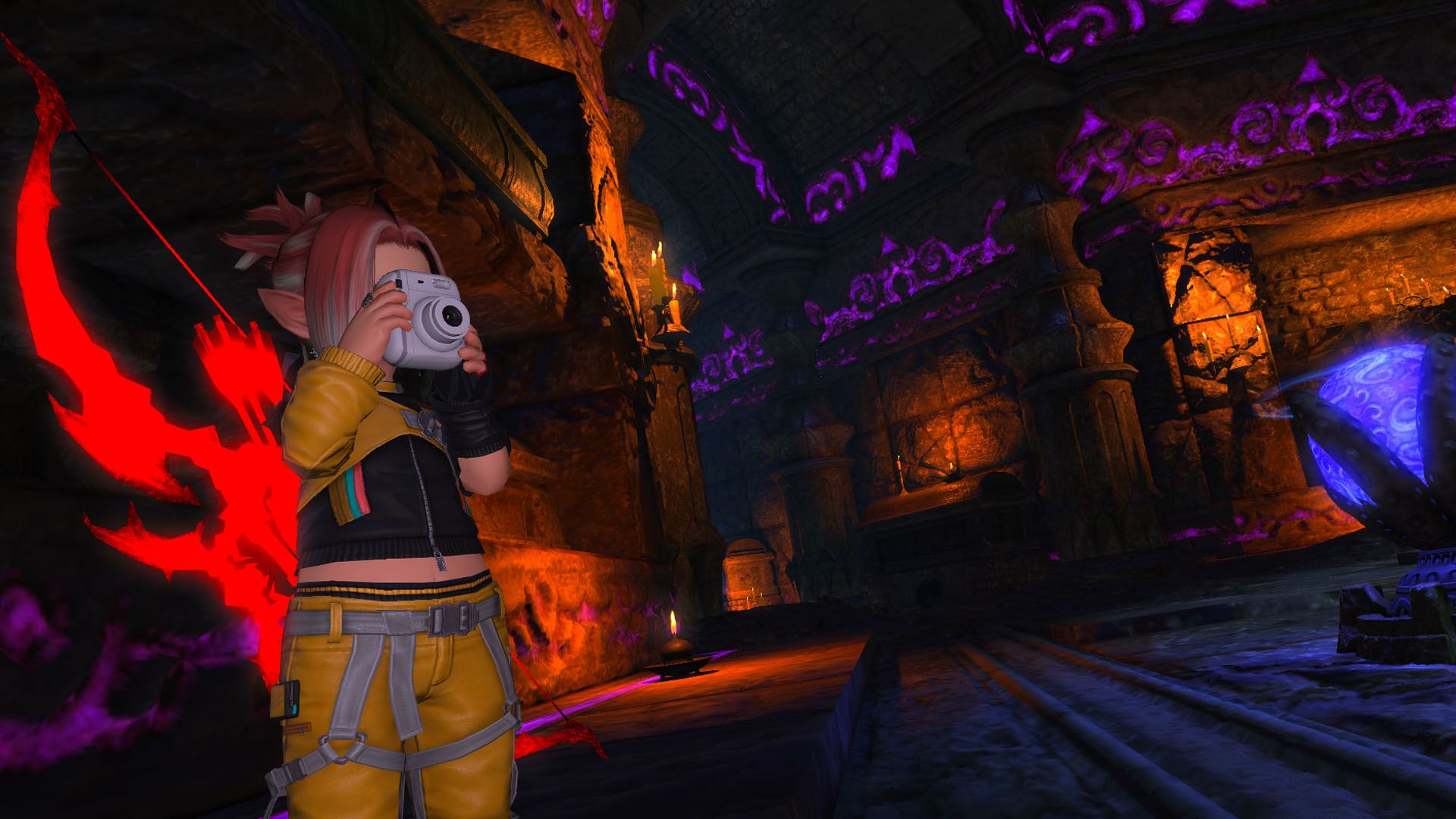This article is part of Run, Die, Repeat, Polygon’s week-long series exploring roguelikes.
I can’t help but feel surprised that Final Fantasy XIV is 15 years old. As an MMORPG, the game faces an uphill challenge of entertaining a variety of players, and while the regular cadence of patches might be enough for many, it’s the Deep Dungeons roguelite mode that keeps solo players around.
In Final Fantasy XIV, Deep Dungeons enriches the solo experience. Introduced during Heavensward, the game’s second expansion released in 2015, Deep Dungeon is a roguelite mode that you can play by yourself or with a group of players. Currently, there are three iterations in the game: The Palace of the Dead, Heaven-on-High, and Eureka Orthos. The equipment and level of your character doesn’t matter in this mode. Every character starts at level 1, with a type of equipment only used inside Deep Dungeons, and needs to climb the floors to level up and improve their gear.
Despite each version having its distinctive traits, all Deep Dungeons follow the same structure. They offer a sequence of floors to be climbed —- Palace of the Dead being the only one with 200 floors, while the others have 100 —- and doing so involves facing enemies, searching for treasures, and escaping from traps. However, if you die before hitting a specific floor, like the 50th in Palace of the Dead, you need to restart from floor number 1. I stopped playing Palace of the Dead after getting to the 50th floor for the first time, but other players find all the fun they can in Deep Dungeons. To understand more about it, I talked to Final Fantasy XIV content creator AuroraMoonx, who has mastered more than one of these.
Instead of focusing on beating the new ultimate raid or staying in Limsa Lominsa dancing, Aurora has fun by delving into solo Deep Dungeons. Having been playing it since 2018, invited by their roommate to give Square Enix’s MMO a chance, Aurora told me that Deep Dungeons were the reason why they kept playing the game.
“I absolutely would’ve given up on FFXIV if Deep Dungeon didn’t exist,” they said in an email interview. “While there are many things I love doing in this game in the current day—like fishing—I never would’ve discovered them if it wasn’t for Deep Dungeon. It was my gateway to the entire game!” Since then, they have challenged themselves in multiple ways.
Soloing any of the three Deep Dungeons is not easy, especially if you’re running a class or job that has lower damage potential or no sustain at all. That’s exactly the kind of challenge Aurora goes after. Among the most difficult runs they faced, their world-first clear of Heaven-on-High, the Stormblood‘s Deep Dungeon, playing a Conjurer, a weaker version of White Mage, stands out. But they are always pushing further. You can watch their seven-hour run on YouTube in which they become the first player to complete the 200 floors in Palace of the Dead as an Astrologian during Endwalker.
When I asked them about how Deep Dungeons impacted the life of Final Fantasy XIV, Aurora shared that they believe the roguelite can “breathe new life into the game” since, compared to running dungeons, trials, and normal raids, the mode is more dynamic. “In an MMO centered around pattern recognition, and formulaic static rotations and fights, Deep Dungeon solo requires on the fly decision making with no two runs being the same. It breaks the mold and requires an entirely new skill set which is fun and fresh,” they said.
I’ve been playing Final Fantasy XIV since 2013, and it’s natural for it and other live service games to reach moments of stagnation due to a lack of new content. There are even situations after updates where I don’t enjoy what has been added to the game, since everything feels the same. Dungeons have followed the two-rooms-one-boss design since A Realm Reborn, and the skill rotation of most bosses, although they have some personal flavor, tends to repeat the same pattern as well.
The Deep Dungeon mode faces the same problem, having the newest versions repeat the core design of 2016’s Palace of the Dead. As Aurora shared with me, they are in need of some quality-of-life updates: “I’ve been complaining for a long time that Sustaining Potions need to be more readily accessible. It’s been my biggest problem with the content for years, and it creates an artificial barrier of entry that prevents a lot of people from giving the fun content a chance.”
Nevertheless, amid what seems an inescapable condition of sameness, Deep Dungeons offers a needed respite. They are sandboxes that allow players to challenge their own abilities, and thanks to its roguelite design, no run is the same. You might have a perfect start, finding all the best pomades and escaping all traps, or a Mimic may quickly end your next run since you couldn’t avoid opening the sweet chest next to you. The freshness of a run is not seasonal. It’s inherent to this mode, a feature that compels some players to explore the depths of these dungeons.
By adapting and inserting modes based on other genres, Final Fantasy XIV is able to offer different options for those willing to log in daily. Deep Dungeons is a solid experience that players like Aurora can enjoy by using its structure to find new ways to have fun, showing how the roguelite genre is a source of novelty that other live service games should explore.













